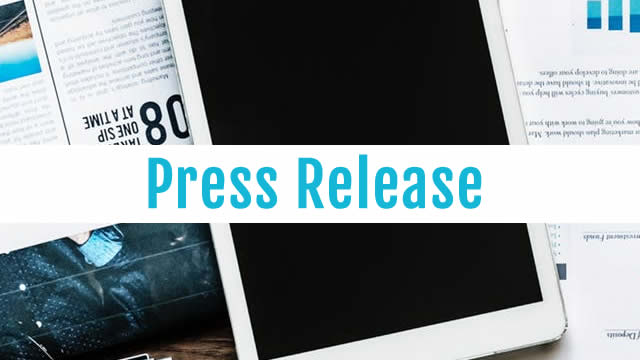
ROOT
Root, Inc.
$79.08
-1.93
(-2.38%)
| Exchange: | |
| Market Cap: | 1.077B |
| Shares Outstanding: | 11.372M |
About The Company
| Sector: | Financial Services | |||||
| Industry: | Insurance – Property & Casualty | |||||
| CEO: | Alexander Edward Timm | |||||
| Full Time Employees: | 1021 | |||||
| Address: |
|
|||||
| Website: | https://joinroot.com |
Root, Inc. provides insurance products and services in the United States. The company offers automobile, homeowners, and renters insurance products. The company operates a direct-to-consumer model and serves customers primarily through mobile applications, as well as through its website. Its direct distribution channels also cover digital, media, and referral channels, as well as distribution partners and agencies. The company was incorporated in 2015 and is headquartered in Columbus, Ohio.
Click to read more…
Revenue Segmentation
EPS
Earnings Call
Income Statement
(* All numbers are in thousands)
Balance Sheet
(* All numbers are in thousands)
Cash Flow Statement
(* All numbers are in thousands)
Analyst Estimates
(* All numbers are in thousands)







